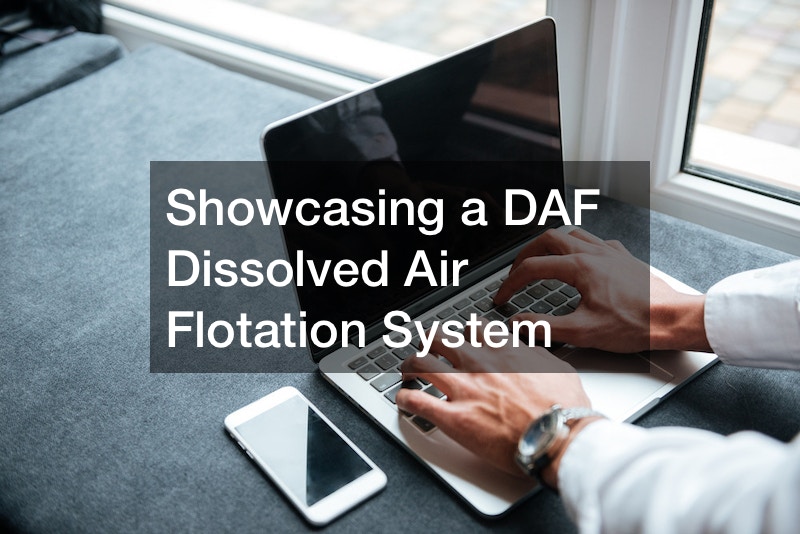
Dissolving Air Flotation (DAF) treats water to remove greases, oils, and other solids. This process clarifies wastewater by removing suspended matter by dissolving air under pressure. The air released creates bubbles that cause the dirt to rise. This video showcases the DAF dissolved air flotation process. DAF is applied in wastewater treatment plants to remove particles.
It also applies to oil refineries, paper mills, seafood industries, petrochemical industries, chemical-mechanical polishing sectors, etc.
The process occurs in a float tank with a coagulant like aluminum sulfate. The work of the coagulant is to allow particles to form in large clusters for easier removal. The water is pumped into a vessel with pressure, and saturation occurs. This forms tiny bubbles that trap grease, oils, and solids. The bubbles form on the surface with the suspended particles, then removed using skimmers. The clean water passes underneath through a launder.
DAF is highly applicable in different industries to make water reusable. It is valuable because it has a reduced footprint, is highly efficient, and produces high-quality clean water.
The DAF technology is a proven process effective in treating industrial and municipal wastewater. It specifically targets oils, greases, and other suspended solids to help produce quality and reusable water.
.



